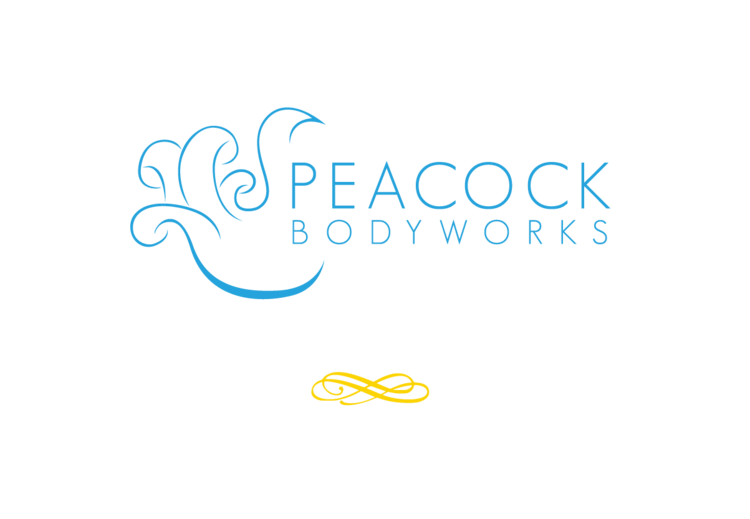The gluteus medius is a fan shaped muscle found on the outside of the hip, partially covered by the larger gluteus maximus. Gluteus medius has a broad origin on the gluteal surface of the ilium (hip bone) between the anterior and posterior gluteal lines, and inserts on the greater trochanter of the femur (top of the leg bone). Gluteus medius is sometimes called the “deltoid of the hip” due to the similarity of its shape and actions to the powerful shoulder muscle. Gluteus medius is a strong abductor of the hip, meaning that it lifts the leg out to the side. The posterior fibers extend the hip out behind the body and outwardly rotate the hip, while the anterior fibers assist in flexing the leg up in front of the body and in internally rotating the hip.
While most anatomy books will list the main action of the gluteus medius as abduction, its most important function is really as a stabilizer of the pelvis. When one leg is lifted during walking or running, the pelvis is inclined to tilt toward the side of the lifted leg. During this motion, the gluteus medius on the opposite side contracts to stabilize the pelvis and keep it level throughout the gait. If the muscle is either short and inflexible or long and weak, problems with pelvic stabilization can occur, often leading to low back pain on the opposite side.
You may have heard that sitting for long periods of time is bad for the muscles of the pelvis and the gluteus medius is a great example of why. We have already discussed the fact that the front and back of this muscle have different actions. With that in mind, we can see that the sitting posture (which flexes the hip in relation to the pelvis) puts the anterior fibers of the gluteus medius into a shortened position and the posterior fibers into a stretched position. Thus, sitting for an extended period of time clearly has a detrimental impact on this muscle, to say nothing of the surrounding tissues.
Most people who would consider themselves to be active during their free time are still spending long periods of time sitting each day and are at risk for developing tightness and/or weakness in the gluteus medius. Going from the sitting position most of the day to a 5 mile jog after work has the potential to cause serious problems for the gluteus medius which is often unprepared to handle the sudden stress of pelvic stabilization. If you have a sedentary job and home life but wish to engage in a sport or activity that involves running a few times a week, it is best to also make time for some cross training to stretch and strengthen not just the gluteus medius, but all of the muscles of the pelvis. It is also beneficial to take as many breaks as possible during the workday to walk around and, if the option is available, to switch between sitting and standing throughout the day.
A tight gluteus medius may also cause discomfort for side sleepers. When sleeping on the affected side, the muscle is compressed, and sleeping on the opposite side causes the affected muscle to be in a stretched position. Because both options can cause pain if the muscle is too tight, hip pain while sleeping is a good indicator of possible gluteus medius problems.
Pain from the gluteus medius may be felt in the low back, sacrum, buttocks, hips, and leg. It is vulnerable to overuse injury while hiking, walking on sand, in sports that involve running, or in weight training. Because the gluteus medius acts as a stabilizer for the pelvis, people who tend to stand with all of their weight on one leg often have problems with this muscle as well. Ignoring pain from the gluteus medius and continuing the triggering activity can lead to tendinitis or bursitis.
Massage therapy is an important tool for unwinding gluteus medius dysfunction and relieving the associated pain.
Check out this video for exercises to activate and strengthen the gluteus medius. Bear in mind that these exercises get progressively harder. If you think you may be dealing with a weak gluteus medius, especially if you are experiencing lower back pain, I recommend doing only the first three exercises until you have developed enough strength to proceed through the rest of the video.
For gluteus medius stretches we have two yoga poses. The first is the reclined pigeon, probably my most recommended stretch! If that feels easy for you, try doing full pigeon pose with this slow and thoughtful tutorial.

